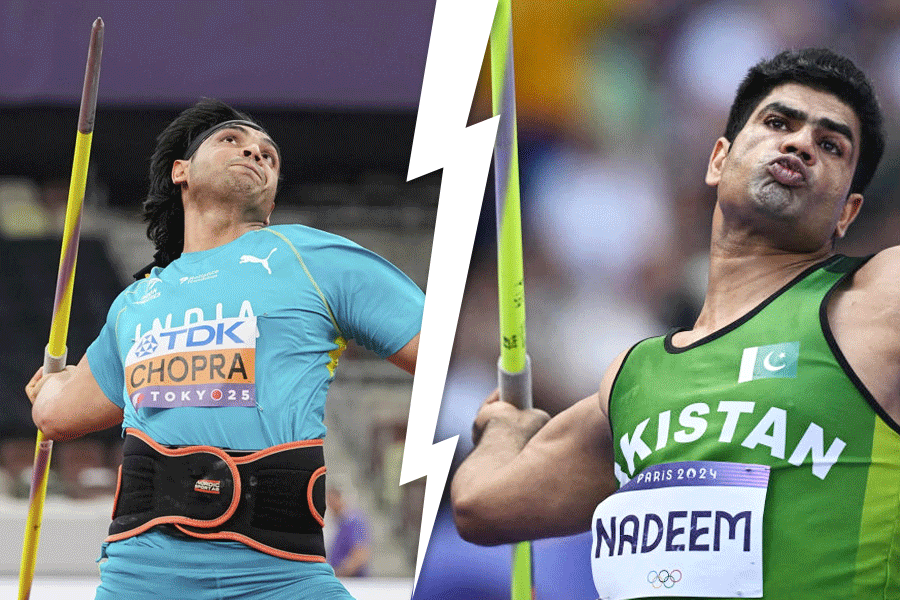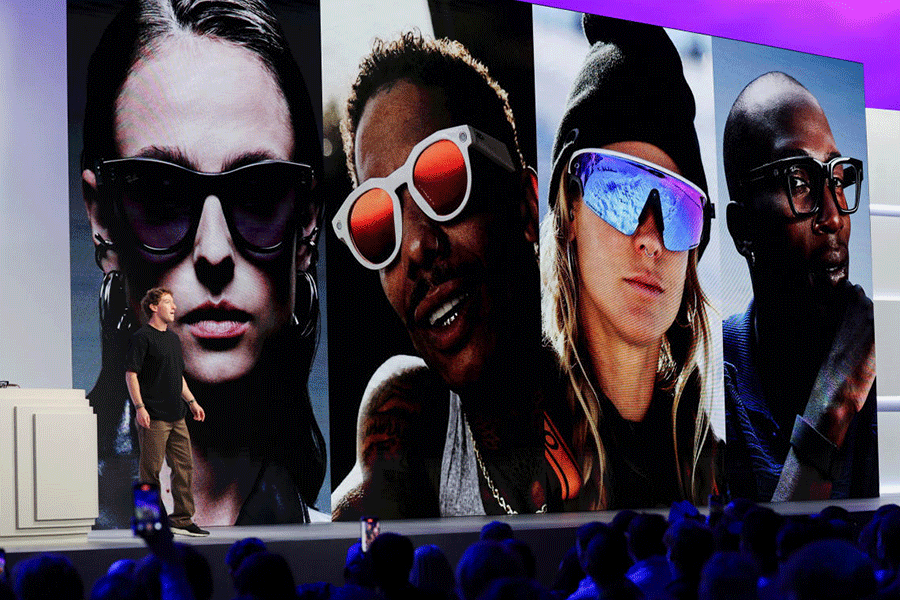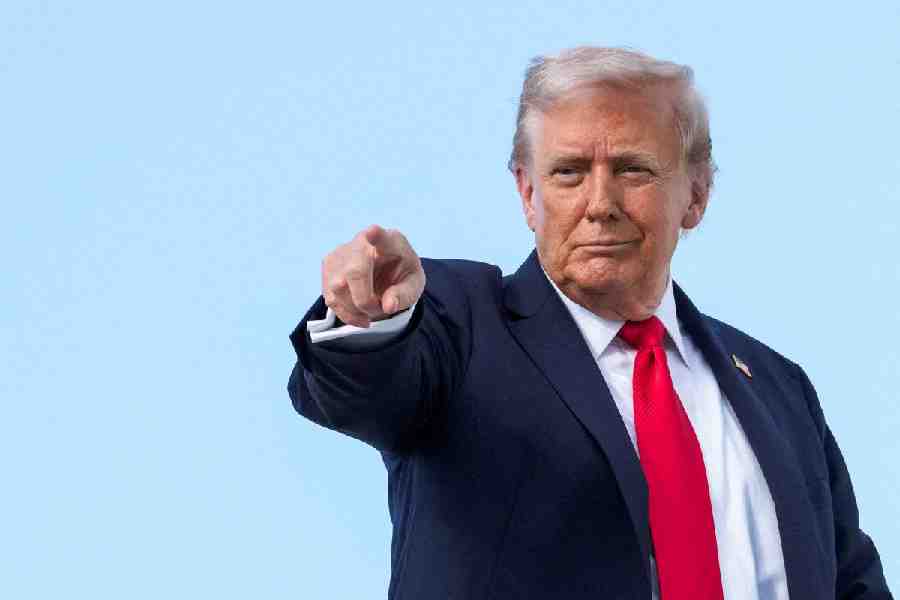CROSSINGS

You have seen him in his pin-striped suit. You have seen him in a kurta with a shawl draped carelessly over one shoulder. You have seen him in his waistcoats — salmon pink, midnight blue, tilak-on-forehead saffron. But you never thought you’d see him in a low-necked frilly gown and no cleavage to conceal, did you?
Prime Minister Narendra Modi, thus attired, smiles benignly at you from your smartphone. “If they don’t have paper, let them use plastic,” says the speech bubble. Modi Antoinette, the caption adds.
The image flooded WhatsApp groups soon after the Modi government banned 500-rupee and 1,000-rupee notes one frenzied evening two weeks ago. It was just one among hundreds of jokes and memes that jostled for space on the subject on the Internet. As the lines in front of banks grew, so did the number of jokes.
Humour, it has been said, thrives in times of trouble. Hard times spawn jokes, for humour gives power in adversity, apart from the immediate benefits of release.
Ask the Russians. Some of the best jokes about the Soviets, it’s often said, came from the Soviet Union. Did you hear about poor Mikhail, who was packed off to Siberia? “Why didn’t you come for the last party meeting,” he was asked. “If I had known it was the LAST party meeting, I wouldn’t have missed it,” he replied.

Despotism has always triggered humour. Much before India started wisecracking about politics — taking potshots at everybody from Arvind “Mufflerman” Kejriwal and Rahul “Pappu” Gandhi to Narendra “Feku” Modi — people in Pakistan, reeling under religious diktats and military coups, were finding solace in humour. And a lot of it took shape during General Zia ul-Haq’s dictatorship.
The general, a story went, had a stone eye that looked real. The first person to guess which eye was made of stone would get a reward, Zia announced. Many tried and failed. Then a poor schoolteacher went to Zia, and pointed correctly to the stone eye. How did you guess, Zia asked. “Ah, I saw reham — mercy — in that eye,” the teacher replied.
Political jokes don’t fade away. They reappear in different forms at different times. A 1956 joke about a Czech dog meeting a Polish dog at the border cropped up during the Arab uprisings. Why did you cross the border, the Polish dog asks the Czech dog in the original. To eat, he replies. And you? To bark, says the Polish dog. The dogs have merely changed nationality over the years.
An old Zia joke is being recycled, too. Every time Zia went for a haircut, the barber would ask: “General, when are the elections?” Zia got suspicious. The intelligence took the barber into custody. “Why do you always question him about the elections,” he was asked. “Because it makes his hair stand on end, and I can trim it easily,” he replied.
The same joke — but with Kejriwal (the barber asks, “What do you think of Najeeb Jung?”), with Modi (“What was that about the puppy?”) and Gandhi (“When is your next speech in Parliament?”) — has been doing the rounds. The answer is always the same.
There was a time when it was argued that Indians didn’t have a sense of humour. Political satire then came solely as cartoons and occasional columns. There were a few humour magazines here and there — such as Tamil Nadu’s Ananda Vikatan — but political jokes mostly spread through word of mouth.

The advent of satellite television — and the stand-up comedian — unlocked the door to the dark humour that was lurking behind. The Internet opened the floodgates. The creators are said to be mostly young engineers, many of them based in the West and missing home. They have a joke for every subject — from elections and budgets to smog, films, politicians and Ramdev. Especially Ramdev.
But if there is ever a contest for the subject that’s generated the most gags, demonetisation will win. There are scores of jokes about Modi (“Let me deal with the black bucks, beta,” he tells Salman Khan) and even on the dubious colour of the new 2,000-rupee note (How to make rose milk: boil milk, add sugar, dip the new note in for a few seconds).
The most popular ones are those about the queues in front of the banks. Two people meet after ages. What are
the kids doing, one asks the other.
The elder son is in SBI, his wife is in ICICI, the second son in HDFC, his wife is in Canara Bank. Daughter, not married, is in Axis Bank, he replies. All well settled then? No, they are standing in the queue.
And then there is the worried child who tells his mother that a strange man with a long white beard is at the door. “That’s your dad, back home after standing in the queue for money,” she says. “Go touch his feet.”
The jokes are being recounted in every possible language. Bengalis even have a new version of Krishnakali, Tagore’s lyrical ode to a dark woman. Here, of course, the subject is black money. “Kalo,” goes the refrain.
Meantime, the jury is out on one little cartoon. It shows two Nigerians reading an email from India. “A ‘Prince Kumar’ has 100 million stuck and he wants our help — we will get 50 per cent (in 500 and 1,000 rupee notes)…,” a woman says. Sure that was a joke?
Bishakha De Sarkar











